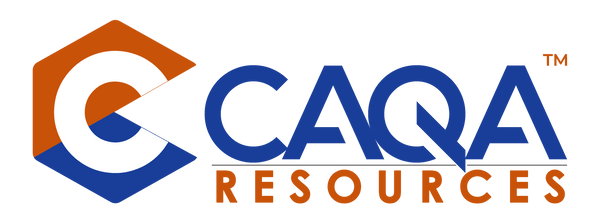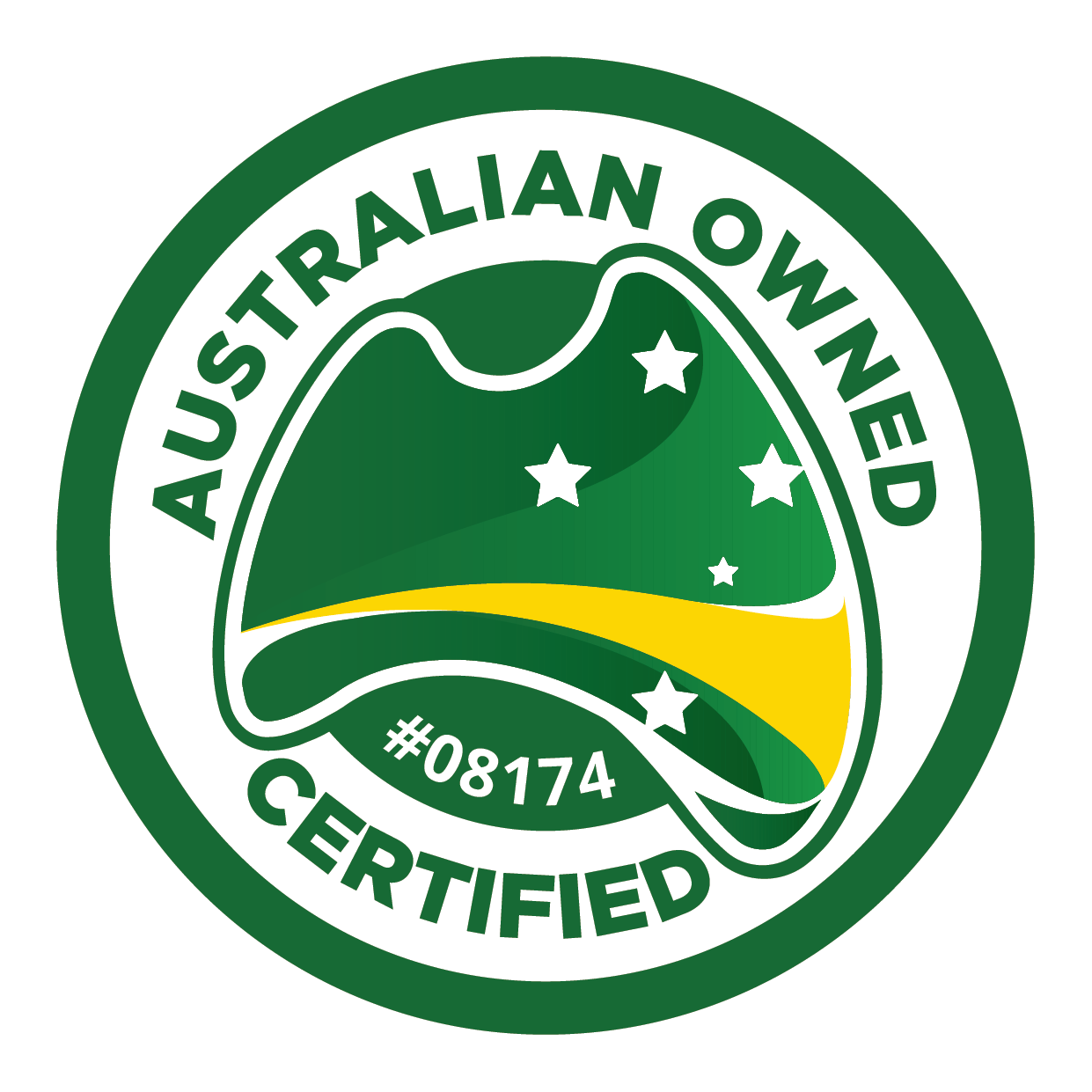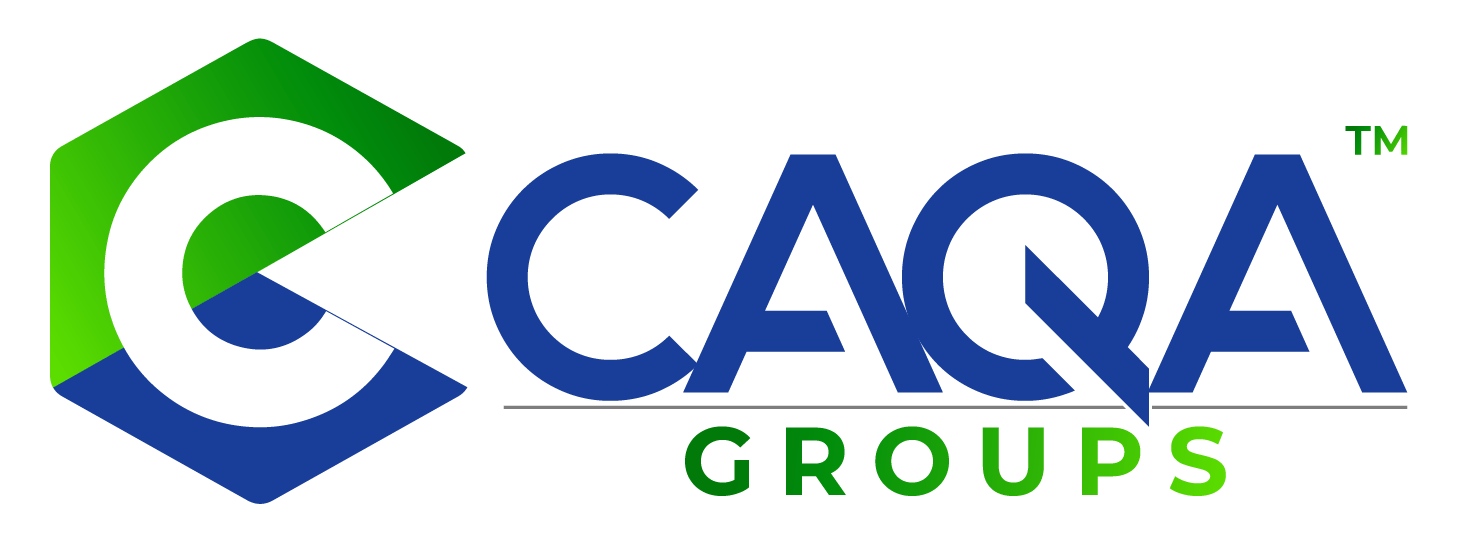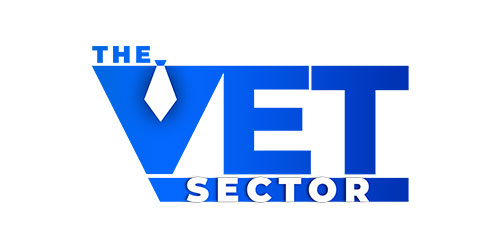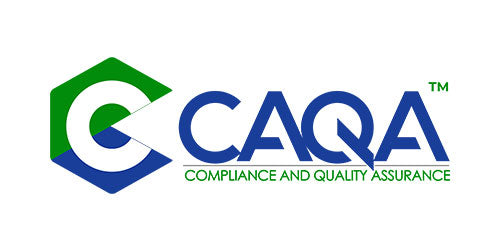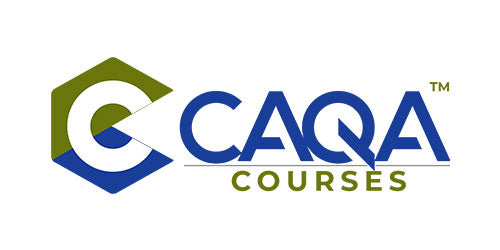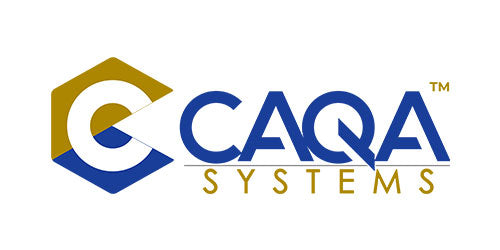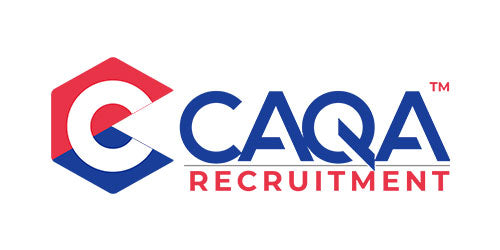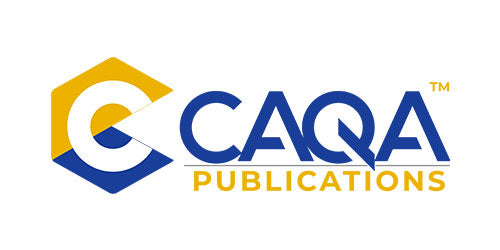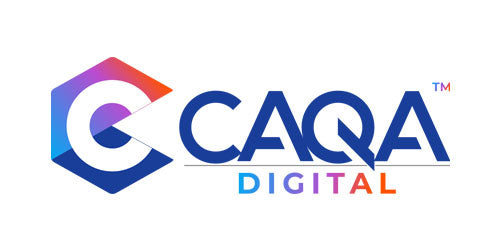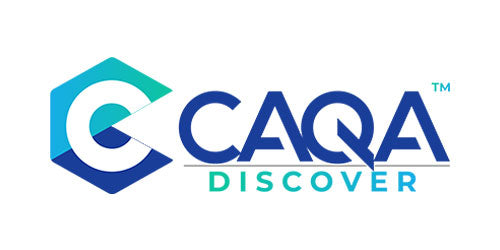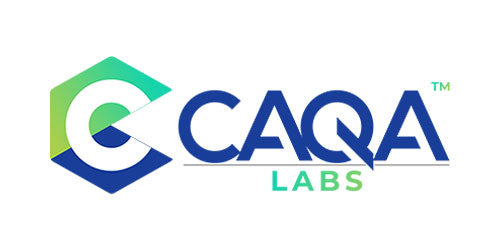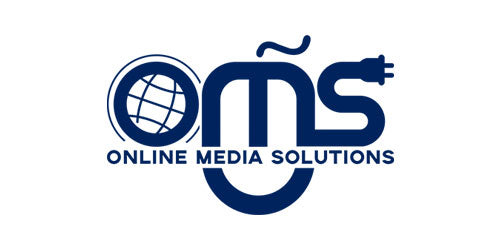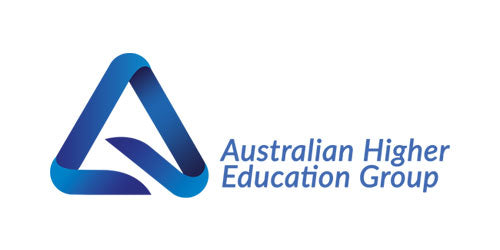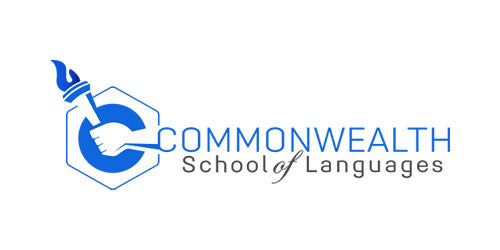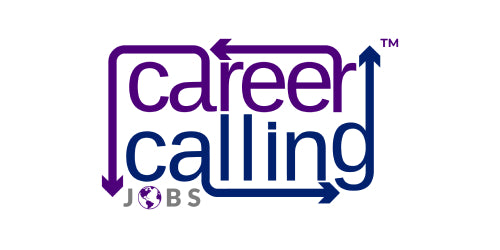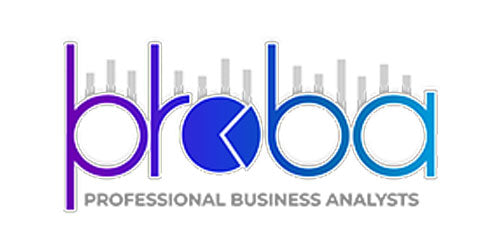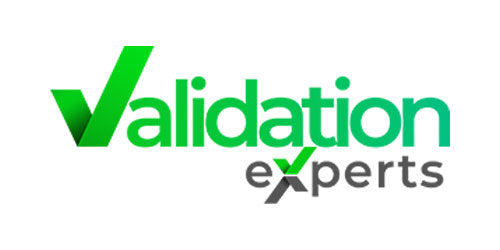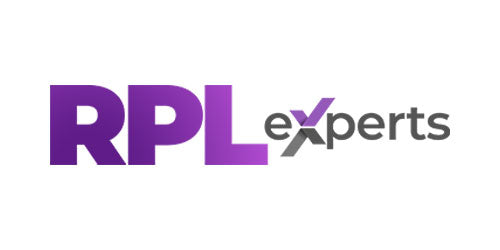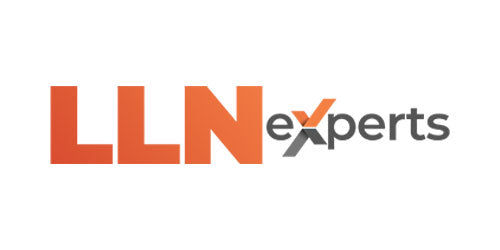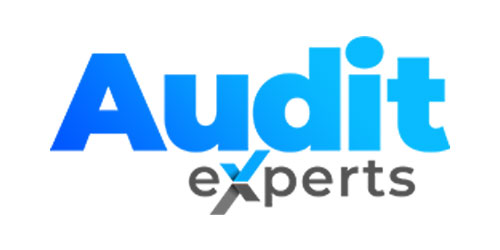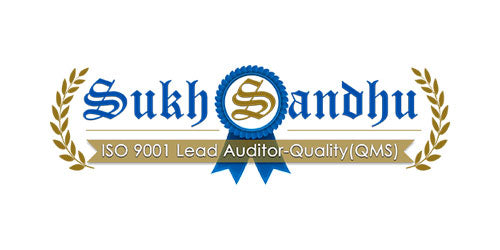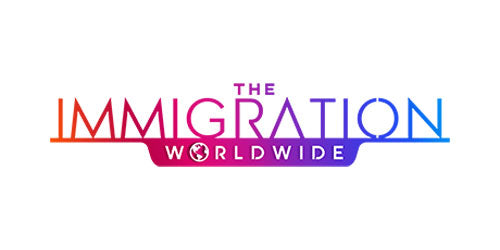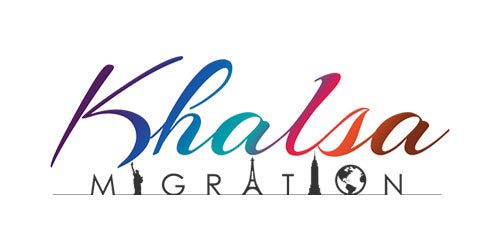In today's digital learning environment, managing copyright issues has become one of the most critical concerns for Registered Training Organisations (RTOs). With an increasing reliance on online resources, video content, and multimedia elements in course delivery, understanding copyright laws and obtaining appropriate licenses is essential for legal compliance. Navigating copyright in eLearning isn't just about avoiding penalties; it's about ensuring that RTOs can provide high-quality, engaging content while respecting intellectual property rights.
As RTOs move more of their training and assessment materials online, the question of how to use copyrighted materials—such as videos, text, and images—correctly becomes more complex. Whether it’s using video clips from educational TV, incorporating music in e-learning modules, or sharing reading materials via an online Learning Management System (LMS), RTOs must ensure they understand the legal landscape around copyright in the digital age. This article explores key concepts of copyright, how RTOs can manage copyright in eLearning, and practical tips for obtaining permission and using licensed materials effectively.
1. Understanding Copyright and Its Relevance in eLearning
a. What Is Copyright?
Copyright is a set of exclusive legal rights granted to creators of original works. These rights include the ability to reproduce, distribute, display, and perform the work. In Australia, copyright protection is automatic once a job is created and fixed in a material form, such as written text, recordings, or digital content. Importantly, copyright holders have the power to license or assign these rights to others.
In the context of eLearning, copyright laws apply to a variety of materials, including text, video, images, music, software, and interactive multimedia. RTOs must be mindful that using copyrighted works without permission can result in legal consequences, including fines and reputational damage.
b. The Importance of Copyright for RTOs
For RTOs, understanding and managing copyright issues is vital for several reasons:
- Legal Compliance: Using copyrighted materials without proper licensing can expose RTOs to legal action.
- Quality Assurance: Ensuring that content is used legally improves the credibility and professionalism of the RTO.
- Sustainability: Respecting copyright contributes to a fair and sustainable learning ecosystem, supporting creators and innovators.
2. Common Copyright Licence Types for RTOs
The licensing of copyrighted content allows RTOs to use materials legally. There are several types of licenses that RTOs should be aware of when sourcing online materials for courses.
a. Screenrights Licence
Screenrights is a licensing body that allows RTOs to access TV and radio programs for educational purposes. RTOs must declare their status as an educational institution before accessing this license. It grants the right to stream or record educational programs for online delivery within an LMS.
RTOs also benefit from enhanced services like EnhanceTV, a platform offering educational television resources that are pre-licensed for educational use. This service ensures that RTOs are not violating copyright by using TV and radio content in their teaching.
b. Copyright Agency Licence
The Copyright Agency offers a blanket licence for the use of text and images in the education sector. Under this licence, RTOs can use up to 10% of a text or one chapter of a book in their online resources. This allows RTOs to legally distribute portions of copyrighted books and other written works, which are often integral to course materials.
c. APRA/AMCOS Production Music Rate
This license applies to RTOs that use music in their audiovisual productions. It offers a reduced rate for educational institutions to access music for projects, including videos and multimedia resources. By securing this license, RTOs avoid the risk of infringing copyright when incorporating music into eLearning materials.
d. Creative Commons Licences
Creative Commons (CC) licences provide a flexible and free way to use and share works, subject to the conditions outlined in the license. There are various types of CC licences that RTOs can use, each with different restrictions. The main types are:
- Attribution: Can be used and adapted as long as credit is given to the original creator.
- Attribution-ShareAlike: Allows sharing and adaptation, with the same credit and sharing conditions applied to derivatives.
- Attribution-NoDerivatives: Only the original work can be used without modification.
- Attribution-NonCommercial: Works can be used for non-commercial purposes only.
Using Creative Commons licensed materials can significantly reduce costs and ensure compliance with copyright laws.
3. Best Practices for Using Online Materials in eLearning
The digital nature of eLearning brings with it a series of copyright challenges. However, RTOs can navigate these challenges by adopting best practices for using online materials and delivering content legally and ethically.
a. Permission for Online Content
Whenever possible, RTOs should seek permission directly from the copyright holders to use specific content in their eLearning materials. This may involve paying for licensing or negotiating a usage agreement with the content owner. By doing so, RTOs ensure that they are not inadvertently infringing on copyright laws.
b. Format Shifting Rights
Format shifting refers to the process of copying content from one format to another, such as converting a DVD to a digital file for use in online learning. Under Australian copyright law, RTOs have limited rights to format shift for educational purposes, provided certain conditions are met:
- The original content is not commercially available in a suitable format within a reasonable time frame.
- The format-shifted material is used exclusively for educational instruction and not for commercial purposes.
It’s important to note that RTOs must respect technological protections, such as digital rights management (DRM), when engaging in format shifting.
c. Avoiding Copyright Infringement
One of the easiest ways to avoid copyright infringement is by ensuring that all materials used in eLearning modules are properly licensed or in the public domain. RTOs should also be aware of the following:
- Embedding vs. Downloading: Streaming content via embedding (e.g., YouTube videos) is often allowed, but downloading or redistributing the content may not be.
- Fair Use: Fair use or fair dealing provisions allow limited use of copyrighted works without permission under certain circumstances, such as for educational purposes. However, these provisions are complex, and RTOs should seek legal advice to ensure compliance.
4. Penalties for Copyright Infringement
Failing to comply with copyright law can have serious consequences for RTOs. While most cases are settled outside of court, penalties can include:
- Damages or Profits: RTOs may be required to pay damages or forfeit any profits made from infringing content.
- Legal Costs: The cost of defending a copyright infringement case can be significant, even if the case does not go to trial.
- Criminal Penalties: In cases involving piracy or large-scale infringement, criminal penalties such as fines and imprisonment may apply.
It’s essential for RTOs to understand these risks and ensure they are properly licensed to use any third-party content.
5. Recent Copyright Reforms and the Digital Economy
The Australian Law Reform Commission (ALRC) has conducted reviews of copyright laws, particularly in the context of the digital economy. Key recommendations include:
- Flexible Fair Use: Introducing a flexible fair use exception that allows for broader use of copyrighted content in digital learning.
- Reforming Exemptions: Revising specific exemptions to ensure they are fit for the digital age, including clearer rules regarding the use of orphaned works and educational materials.
- Enhanced Licensing: Streamlining the statutory licensing system to make it easier for RTOs to access and use educational content.
These reforms aim to address the changing needs of RTOs and their increasing reliance on digital resources, ensuring that they can continue to deliver quality eLearning while complying with copyright laws.
6. Finding Free and Low-Cost Resources
To mitigate copyright risks, RTOs can turn to a range of free or low-cost educational resources. Websites like Creative Commons, Open Educational Resources (OER), and various government-funded initiatives provide access to high-quality content that RTOs can use legally in their programs.
- Creative Commons: A wide variety of images, texts, music, and videos are available under Creative Commons licences, allowing RTOs to use and modify the content with proper attribution.
- Open Educational Resources: Platforms like MIT OpenCourseWare and Curriki offer free educational content that can be used in eLearning.
- Government-Funded Toolboxes: Websites such as the Australian Flexible Learning Toolboxes offer Crown copyright materials that RTOs can use and adapt for their courses.
By utilising these resources, RTOs can reduce licensing costs while staying compliant with copyright law.
Conclusion
Copyright issues in eLearning are complex but crucial for RTOs to navigate successfully. By understanding the legal framework, obtaining the right licenses, and adhering to best practices, RTOs can create high-quality educational content while avoiding the risk of infringement. With the digital economy evolving, it is essential for RTOs to stay informed about copyright reforms and take proactive steps to secure the appropriate permissions for their online learning materials.
By adhering to copyright laws and respecting intellectual property, RTOs not only protect themselves legally but also contribute to a fairer, more sustainable digital learning environment.









